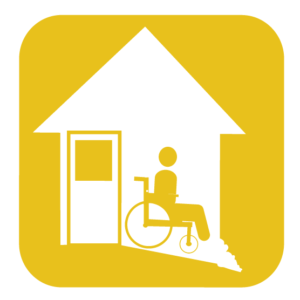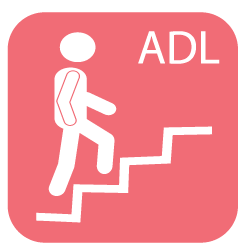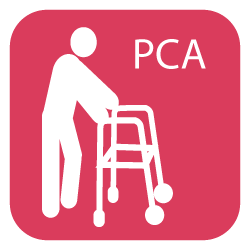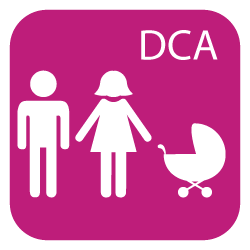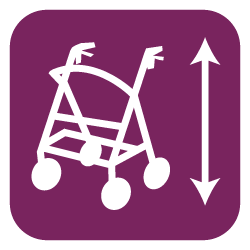Workplace Assessments
Optimize OT occupational therapy services offers workplace assessments with experience in a broad range of industries from professional office settings to more extreme industrial and agricultural environments.
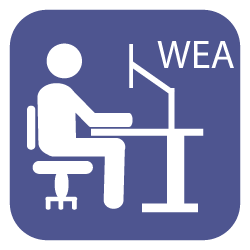
Worksite and Ergonomic Assessments
Optimize OT will identify and remove conditions in a workplace that may be interfering with work performance when a worker is experiencing an injury or illness, or to prevent in injury and increase productivity. Accessibility, work methods, workplace design and ergonomics, productivity demands, equipment in use, and the worker’s abilities and limitations are some of the factors that are considered. Recommendations for equipment, stretches and/or education can be made.
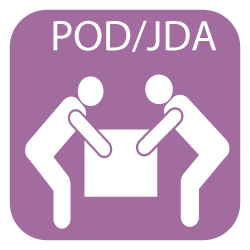
POD/JDA
Optimize OT will assess the job demands of a self-employed position using objective measurements of the physical and cognitive demands of that position. Measurements such as lifting, carrying, pushing, standing, sitting, climbing, reaching, decision-making, etc., are taken into account. The percentage of work completed prior to an injury is compared to hours and duties the worker is able to complete at the time of the assessment.
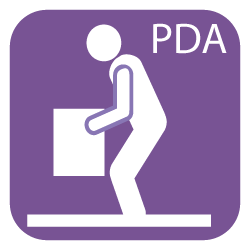
PDA
Optimize OT will objectively measure the physical and cognitive demands of a specific position. Areas measured include lifting, carrying, push/pulling, standing, sitting, climbing, balance, reaching, manual dexterity, environmental conditions, etc. The position is then classified into an occupational category (ie: medium demands level of work). This information can be used to assist with RTW plans, prevention of injuries, and employment placements.
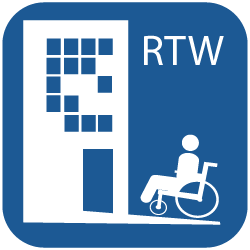
Return To Work
Optimize OT will consult with the employee, their employer, and their health care team to create an effective return to work program. This process includes an evaluation of the employee’s skills, abilities, job demands, and work environment. An individualized return to work program will be created for the client.
Education Sessions For Your Workplace
Optimize OT can personalize education sessions for your company related to issues such as office ergonomics, stretches, body mechanics and lifting techniques. These can be set as lunch and learn sessions, one on one sessions, or group training sessions.

